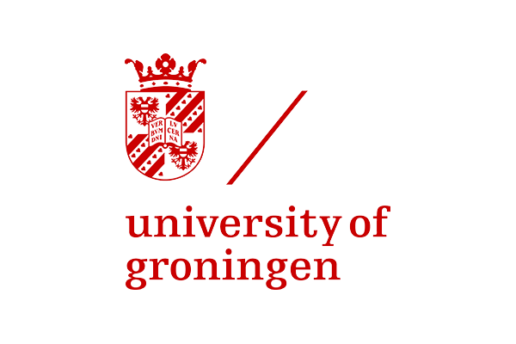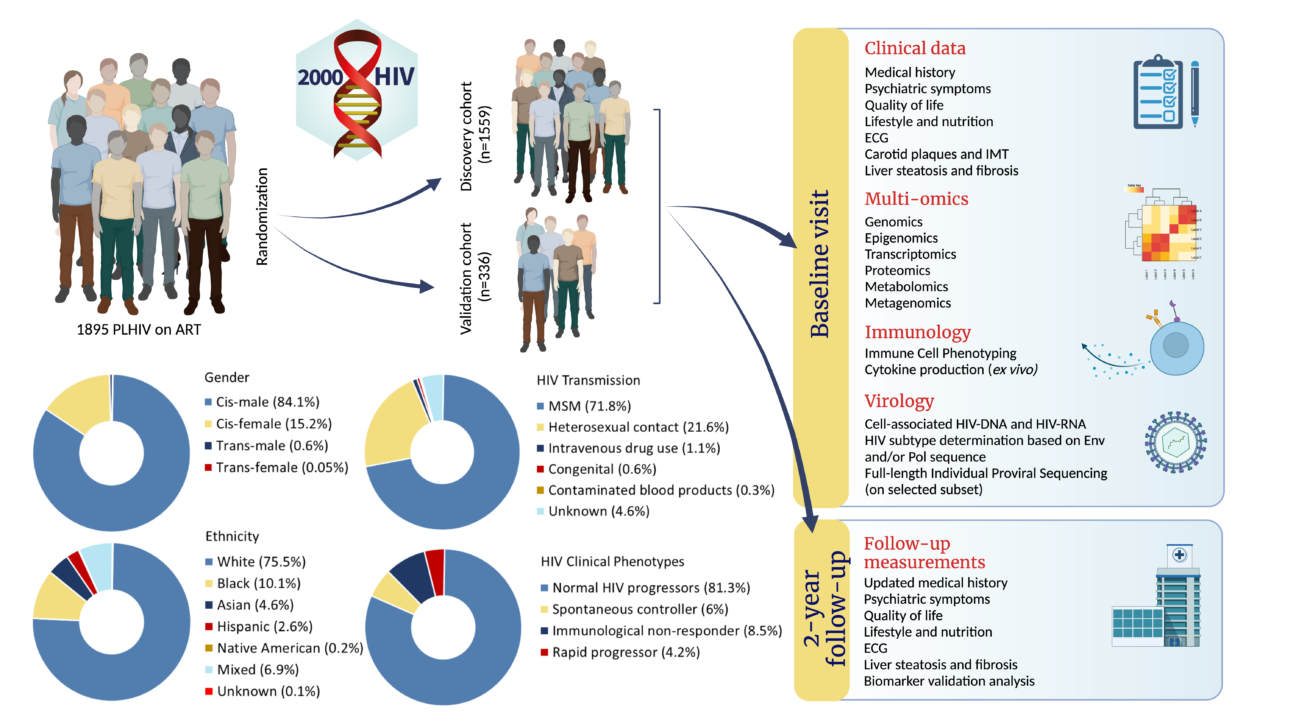2000HIV study
About the 2000HIV study
The 2000HIV study is a longitudinal cohort study in which 1895 virally suppressed people living with HIV were recruited between 2019 and 2021 from 4 Dutch HIV treatment centers: OLVG in Amsterdam, Erasmus MC in Rotterdam, Elisabeth-TweeSteden Ziekenhuis in Tilburg and Radboudumc in Nijmegen.
For the majority, the cohort comprises white men having sex with men (MSM). However, also 10% black people and 15% females have joined the study. Additionally, several different extreme HIV clinical phenotypes were included, among which are elite controllers, immunological non-responders and rapid progressors. This makes the 2000HIV cohort a heterogeneous group, but this also allows for many comparisons and stratifications within the cohort.
The infographic is a figure as presented in: The multi-omics 2000HIV study: design, methods and patient characteristics W. Vos, A. Groenendijk, et al. – Frontiers Immunology –Viral Immunology, 20 Dec 2022
Our aims
2000HIV is part of the the human functional genomics project (HFGP) that aims to improve our understanding of the variability of immune responses in human population. Exploring how this variability relates to susceptibility to immune mediated diseases and to the response to immune based therapies. 2000HIV aims to discover new biological pathways and identify biomarkers that play a role in:
-Persistant inflammation and accelerated aging
The persistent immune activation seen in people living with HIV is probably established within the first few weeks of HIV infection as viral reservoirs in central memory compartments are developed within days after systemic infection. Even very early onset combination antiretroviral therapy fails to eliminate these reservoirs. Due to persisting latent HIV reservoir, lifelong treatment is necessary. Furthermore, it currently prohibits eradicative as well as functional cure form HIV infection.
Within the 2000HIV project we aim to study the size and composition of the HIV reservoir, with the ability to distinguish between replication competent versus defective HIV.
HIV reservoir methodologies
Both HIV-1 DNA and RNA will be measured in isolated CD4+ T cells from 2000HIV participants by means of digital PCR (dPCR). Extracted DNA and RNA will be quantified in triplicate by dPCR using different primer/probe sets. HIV-1 DNA and RNA will be normalized and expressed per million CD4+ T cells. In HIV elite controllers FLIP-Seq (Full-Length Individual PRoviral Sequencing) the proviral landscape will be analyzed at single genome resolution.
2000HIV research collaborations










WERELDWIJD LEVEN 37 MILJOEN MENSEN MET HIV. STEUN HET FONDS HIV ONTRAFELEN en Help hen.
-
Of via overschrijving:
Universiteitsfonds UGent - IBAN BE26 3900 9658 0329
- Met duidelijke vermelding: "Fonds HIV"
- Giften zijn voor 45% fiscaal aftrekbaar vanaf 40 euro op jaarbasis.
- Meer info over hoe je het HIV onderzoek kan steunen.
